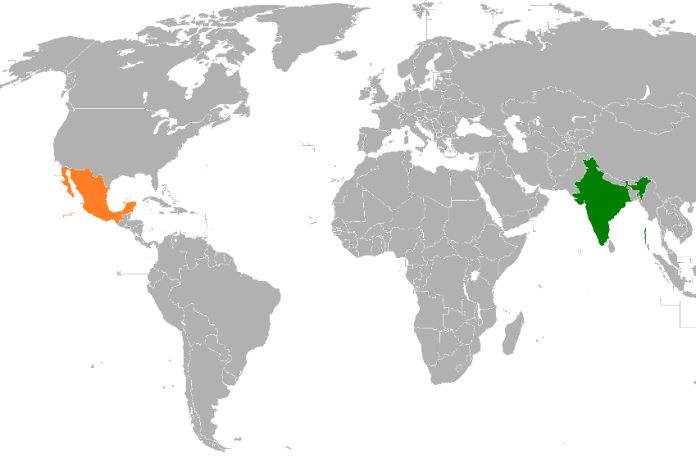People in business media are always on the lookout for the next big geography in globalization trends. Going back to the 1990s, it was NAFTA, then it was all China, China, and more China. Next came the BRIC countries (Brazil, Russia, India, China), evolving to BRICS (adding South Africa), and then BRICS+ (adding Mexico and Indonesia to the list).
In the past three years, three significant global events have left many wondering where we go from here. The first of course was the COVID-19 pandemic, which ravaged supply chains and challenged the thinking of centralization of production in any one location.
Next came an increased concern globally on the degree of dependence on China, considering its government policies and lax intellectual property protection.
The third was the war in Ukraine, which changed the world’s perception of Russia (including as a destination for businesses), highlighted vulnerabilities in oil and natural gas supplies, and once again reminded us all of the fragility of peace.
Two significant and still developing business strategies have come out of these global events that I think are defining the next phase of globalization (or deglobalization): “China +1” and “nearshoring.”
China +1
The idea that China alone cannot be a single or primary source of supply for any company. It makes sense for many companies to retain China as a key source of supply, but also add a +1 in another low-cost country
Nearshoring
The idea that both long product supply chains reliant on Asia and also long energy supply chains are increasingly risky is resulting in shifting production closer to customers, and/or to less vulnerable regions.
I think India and Mexico will be the key beneficiaries of both of these shifts, for reasons outlined below.
India has the population and low-cost base to be the most logical “China +1” winner. Of course, other countries like Indonesia, Vietnam, and Thailand will benefit, but India has by far the most potential to be the biggest beneficiary.
Mexico has the geography, labor force, and cost base to be the most logical nearshoring winner. All of North America will benefit significantly from the nearshoring trend, but Mexico has the most potential.
Both countries have their share of challenges. They currently have polarizing political leaders with outsized influence. They have infrastructure challenges, social issues that must be overcome, and important water scarcity issues. But both also have huge potential if they make sound policy decisions.
This past year, Mexico and India reached an agreement to collaborate on projects across a range of areas, including water management and the production of low-cost vaccines. Foreign Affairs Minister Marcelo Ebrard traveled to New Delhi to join Indian Science and Technology Minister Jitendra Singh to sign an agreement with India’s Council of Scientific and Industrial Research.
According to a statement issued by the Foreign Affairs Ministry (SRE), Ebrard announced that Mexico and India will collaborate on and jointly finance “binational development and innovation projects in several fields,” including ones related to water, lithium, the aerospace industry, biotechnology and vaccines.
Under the new agreement, the SRE statement added, “both countries will identify priority projects for development, among which are water management, development of electro-mobility and production of vaccines at low cost.”
An interesting trend to note is Indian companies accelerating investing in Mexico. Last year, India’s Tata Consulting announced an investment in 2,500 IT consulting jobs in Monterrey, Mexico. Nuevo León’s governor Samuel García also announced a US $200M investment from India’s Vimercati, a leading company in the auto parts sector. And we recently reported on Hinduja Tech’s ambitious expansion plans nationwide.
More investment from other Indian companies is on the way, with Samuel García finishing up a trip to India late last year in which he announced investments from three of India’s largest companies including Tata Group, Infosys and HCL Tech. According to García, these companies will generate at least 7,000 jobs in Mexico.
The world is an increasingly complicated place for multinational companies to navigate. I think both India and Mexico will be clear winners in the next phase of globalization, and it’s fascinating to see how these two countries could collaborate, cooperate, and even complement each other given their unique strengths. I’ll be rooting for both countries in the next round of globalization!
Travis Bembenek is the CEO of Mexico News Daily and has been living, working or playing in Mexico for over 27 years.
This article is part of Mexico News Daily’s “India in Focus” series. Read the other articles from the series here.
